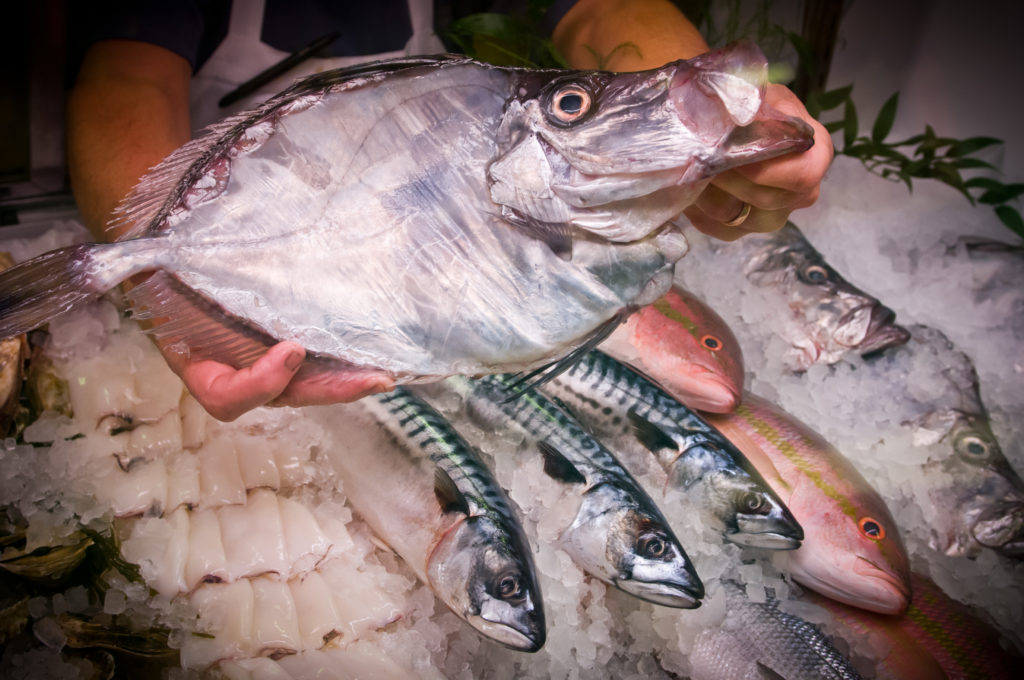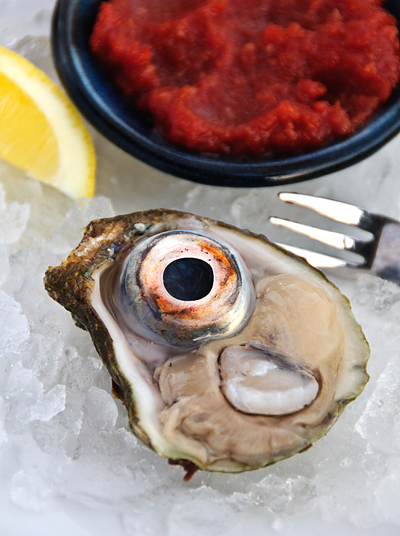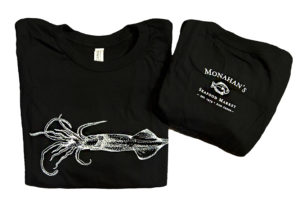If a Doctor Seuss Fish Came to Life…

We’ve seen a lot of weird looking creatures over the years here at the market, monkfish that look like Jabba the Hutt, 6 foot long Pacific octopus, giant geoduck clams, monstrous toothy wolfish with a mouth full of molars, but my vote for the wildest looking fish has to go to the John Dory. With smooth silver skin like a Jack, a flat body like a flounder, armor like a sturgeon, a dorsal fin like a roosterfish and a head like a snook, this fish looks like it was thrown together from leftover parts of at least 5 totally different species.
John Dory are known in much of the world as “Saint Peter’s Fish” and are loved in Europe, especially in France where” St Pierre” is a favorite in bouillabaisse. No one knows for sure how John Dory got its name but back in 1609 there was a ballad about a French privateer that was popular and I wouldn’t be surprised if they named the fish after this character. The St. Peter part comes from the fact that the dark spot on the side of this fish is said to be the thumb print of St. Peter when he picked it up to take a coin out of its mouth to pay his taxes.
We sometimes get imported John Dory from the Mediterranean but most of the fish that we see come from Rhode Island. They’re a little different than their European cousins (very similar but without St. Peter’s thumbprint). We don’t see these fish often but when we do, it’s a real treat.
The bellies of this morning’s fish were full of butterfish that were so fresh that they would have made a fine meal! The meat of the John Dory is sweet and delicate but also buttery and absolutely delicious, imagine a sole and pompano mix. The fillets work well in any sole or flounder recipe but they’re firmer and more versatile. Sole would be a little delicate for today’s recipe (en papillote with vegetables) but the John Dory worked perfectly.

 Next Post
Next Post






